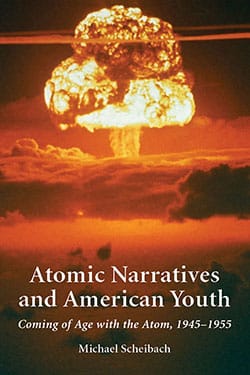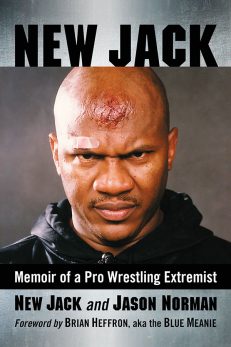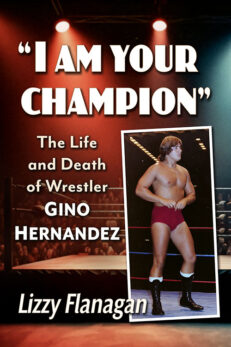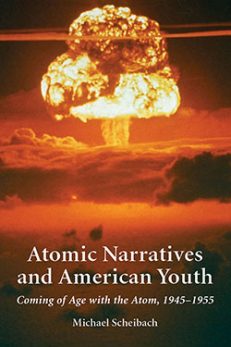Atomic Narratives and American Youth
Coming of Age with the Atom, 1945–1955
Original price was: $29.95.$14.99Current price is: $14.99.
In stock
About the Book
Following the atomic bombings of Hiroshima and Nagasaki, numerous “atomic narratives”—books, newspapers, magazines, textbooks, movies, and television programs—addressed the implications of the bomb. Post–World War II youth encountered atomic narratives in their daily lives at school, at home and in their communities, and were profoundly affected by what they read and saw.
This multidisciplinary study examines the exposure of American youth to atomic narratives during the ten years following World War II. In addition, it examines the broader “social narrative of the atom,” which included educational, social, cultural, and political activities that surrounded and involved American youth. The activities ranged from school and community programs to movies and television shows to government-sponsored traveling exhibits on atomic energy. The book also presents numerous examples of writings by postwar adolescents, who clearly expressed their conflicted feelings about growing up in such a tumultuous time, and shows how many of the issues commonly associated with the sixties generation, such as peace, fellowship, free expression, and environmental concern, can be traced to this earlier generation.
About the Author(s)
Bibliographic Details
Michael Scheibach
Format: softcover (6 x 9)
Pages: 294
Bibliographic Info: photos, chronology, appendices, notes, bibliography, index
Copyright Date: 2003
pISBN: 978-0-7864-1566-3
eISBN: 978-1-4766-1266-9
Imprint: McFarland
Table of Contents
Prologue: Sunday, August 5, 1945 1
Preface 7
Introduction: Postwar Adolescents and the Atomic Bomb 15
1. Future Homemakers and Boy Cadets:
School Activities for “Atom-Agers” 23
2. Mouse Traps and Chain Reactions:
Atomic Education in the Classroom 50
3. Communism, Democracy, and Civil Defense:
High School Days and Drills 72
4. Brotherhood, Self-Reliance, and Survival:
Senior Scholastic in Text and Images 104
5. Growing Up “in a Circus Like This”:
Atomic Repercussions in the Movies 134
6. Paper Bombs and Atomic Airwaves:
The World of Print, Radio, and Television 153
7. “…to Escape the Fury of the Blast”:
Young Voices of a New Generation 175
8. The Fusion of Youth Culture 203
Epilogue: 1955 212
Appendix A: Atomic Narratives for the Classroom 215
Appendix B: “Hydrogen, the Explosive” 224
Appendix C: Film and Television Chronology 229
Notes 233
Bibliography 256
Index 277
Book Reviews & Awards
- “recommended”—Choice
- “profoundly important…discerning and rigorous…analyzes a wealth of material…thought-provoking…Scheibach’s unprecedented inquiry provides invaluable insights…significant”—Booklist
- “skillfully written”—History: Reviews of New Books
- “contends that atomic narrative and the ‘social fallout’ from the development of the atomic bomb shaped a generation, just like the Depression a generation before it”—American Literature






